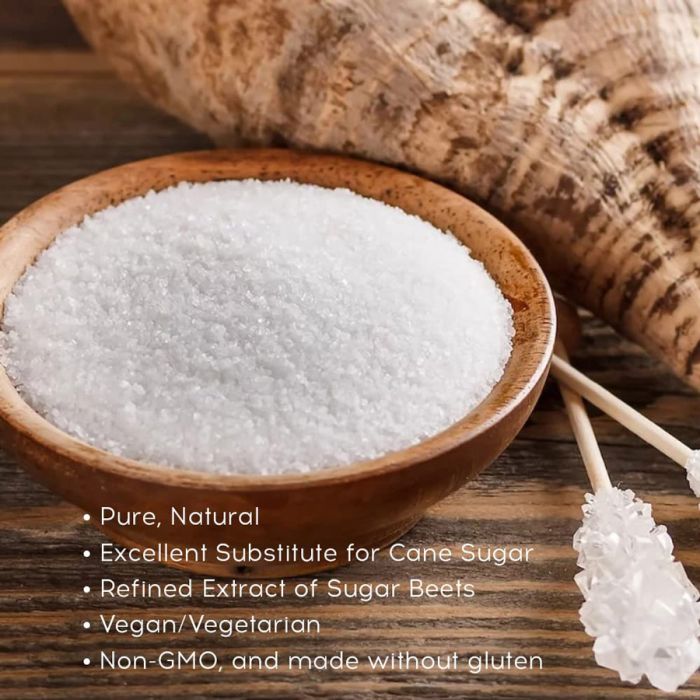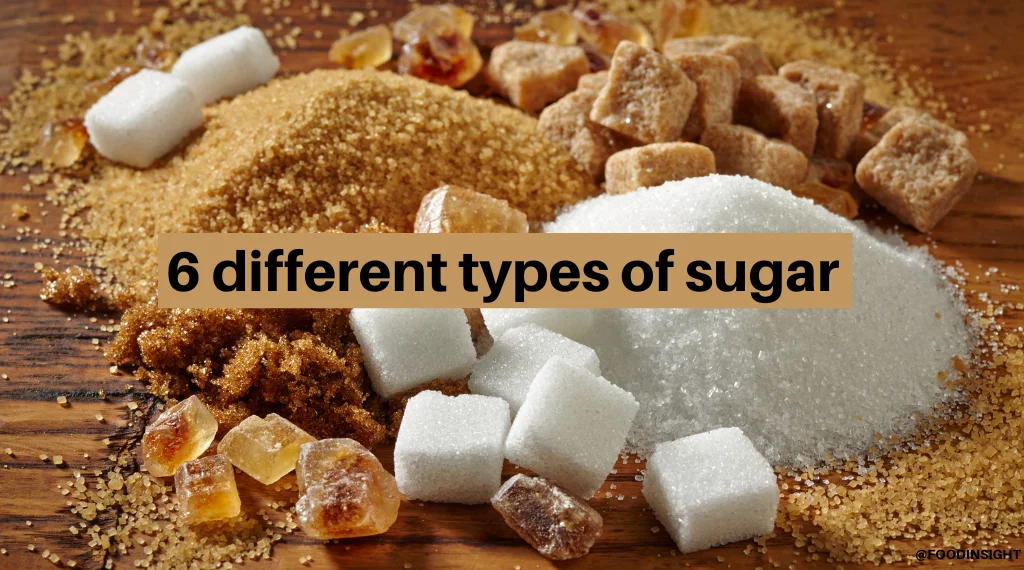Many recipes specify either beet sugar vs cane sugar, depending on the expected outcome.
Many recipes specify either beet sugar vs cane sugar, depending on the expected outcome.
Blog Article
Discover the Uses and Advantages of Beet Sugar Vs Cane Sugar in Your Daily Diet Plan
Discovering the unique top qualities of beet and cane sugar discloses more than just their sweetening capacities; it highlights their distinct influences on health and cooking arts. Beet sugar, recognized for its subtle flavor, is often preferred in delicate desserts, whereas cane sugar, with its tip of molasses, includes richness to robust meals. Each type holds its own dietary profile and glycemic implications, inviting a deeper understanding of their functions in a well balanced diet regimen and lasting usage practices.
Beginning and Manufacturing Procedures of Beet and Cane Sugar

The distinct climates and dirt kinds required for growing sugar beets and sugarcane contribute to distinctions in their cultivation practices and geographic distribution, influencing the business economics and sustainability of their production. beet sugar vs cane sugar.
Nutritional Contrast Between Beet Sugar and Cane Sugar
In spite of originating from various plants, beet sugar and cane sugar are nutritionally extremely similar, both primarily being composed of sucrose. Each provides regarding 4 calories per gram, equating to approximately 16 calories per tsp. Structurally, both sugars are made up of around 99.95% sucrose, with minimal quantities of other materials like dampness and trace minerals, which do not significantly change their dietary profiles.

Eventually, when choosing between beet sugar and cane sugar based upon nutritional content alone, both deal similar benefits and downsides as they are essentially forms of the very same particle-- sucrose, supplying quick energy without other nutrients.
Influence on Health And Wellness: Glycemic Index and Caloric Material
Discovering further into the effects of beet sugar and cane sugar on health and wellness, it is essential to consider their glycemic index and caloric material. Both sugars are identified as sucrose, which contains glucose and fructose. This make-up leads them to have a similar effect on blood sugar level levels. The glycemic index (GI) of both beet and cane sugar is around 65, categorizing them as high-GI foods, which can trigger fast spikes in blood glucose levels. This is an essential aspect for individuals handling diabetic issues or those attempting to maintain their power levels throughout the day.
Each sort of sugar has around 4 calories per gram, making their caloric material equivalent. For those checking caloric intake, especially when handling weight or metabolic wellness conditions, comprehending this equivalence is crucial (beet sugar vs cane sugar). However, too much intake of any kind of high-calorie, high-GI food can add to health issues such as weight problems, cardiovascular disease, and insulin resistance.
Environmental and Economic Considerations of Sugar Production
Beyond health influences, the production of beet and cane sugar likewise raises substantial ecological and financial concerns. Sugar beet growing tends to call for cooler climates and has a lower geographical impact compared to sugar cane, which prospers in exotic regions.
In addition, using pesticides and plant foods in both beet and cane sugar farming can lead to soil deterioration and contamination, more influencing biodiversity and local water bodies (beet sugar vs cane sugar). The option in between growing sugar beet or cane usually rests on neighborhood ecological problems and economic elements, making the check my blog sustainability of sugar production a complex problem
Culinary Applications and Flavor Differences
While the ecological and economic elements of sugar production are certainly significant, the choice between beet and cane sugar likewise influences culinary applications and taste accounts. Beet sugar, obtained from the sugar beet plant, is known for its remarkably neutral preference. This makes it a versatile ingredient in cooking, where it does not modify the taste of various other elements. It liquifies quickly and is perfect for usage in cakes, cookies, and breads.
Walking cane sugar, drawn out from sugarcane, frequently retains molasses traces, which pass on a distinctive richness and deepness. The minor variation in wetness material in between beet and cane sugar can influence the appearance and uniformity of dishes, making cane sugar a recommended option for specific recipes that benefit from its distinct residential or commercial properties.

Verdict
Finally, both beet and cane sugar have distinctive beginnings and production processes, supplying comparable dietary profiles with mild distinctions in sodium content and flavor. While their influence on health and wellness, especially relating to glycemic index and calories, is similar, the choice in between them typically boils down to ecological, financial elements, and specific cooking discover here needs. Comprehending these aspects can lead consumers in making informed choices that line up with their health and wellness goals and taste preferences.
Report this page